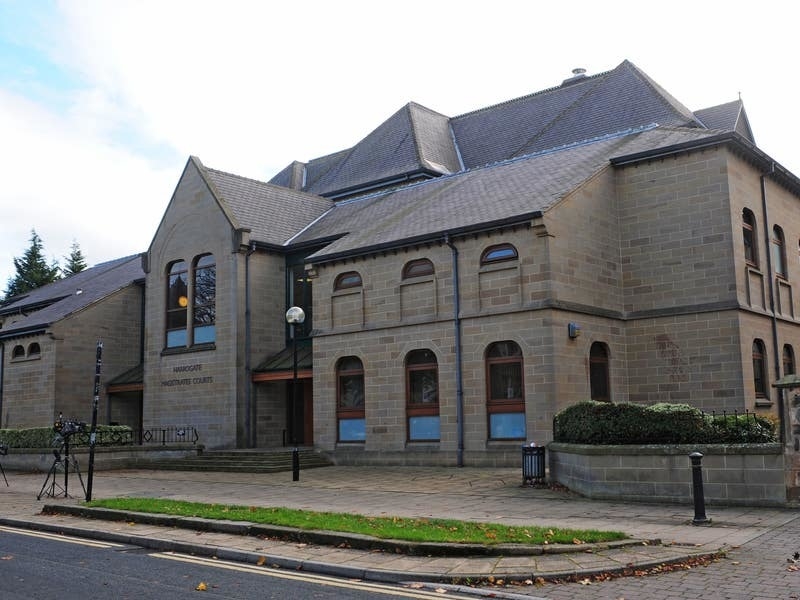A WIND farm should be built in Jersey’s territorial waters to provide long-term renewable energy for the Island, the recently retired former head of Jersey Met has said.
In a wide-ranging interview, John Searson has called for the new States to urgently debate creating a network of turbines off the west coast at the limit of the Island’s waters.
He said such a move would provide Jersey with clean electricity as it strove to become carbon-neutral.
His calls for action come four years after the Offshore Wind Pre-Feasibility Study found that Jersey had ‘significant offshore wind potential’ and that extracting energy from 5% of the Island’s waters ‘would meet over three times Jersey’s current annual demand’.
The potential for huge energy generation from a wind farm is also noted in the recently approved Bridging Island Plan, which shows that a large area of sea out to the west and extending south to the west of the Minquiers reef would be the ideal location for a development.
Mr Searson, who spent 40 years at Jersey Met before retiring this spring, said that as wind-farm schemes could take a decade to come to fruition, it was essential the new cohort of States Members made an early decision on such a project.
‘In 2011 Jersey Met started recording wind data on the offshore reefs – and the government wanted this information as well. It is disappointing that nothing has come of it so far,’ said Mr Searson, who is the subject of today’s Saturday Interview.
‘The cost of putting up wind farms is coming down all the time. But it will take seven, eight, nine, maybe ten years, so it needs to be said now, as it will not happen straight away.’
He added: ‘The wind farm shouldn’t be too close to the Island. You also need to think about what you will do with the energy.
‘On a windy day it would produce too much energy for Jersey and so it would need to be fed into the French grid.
‘So it needs to be connected to France, and Jersey – and I am sure Guernsey – would want connectivity too, so it should probably be out to the west.
‘I think it would be a really good debate to have early in the term. It shouldn’t be party politics – it should be about what is best for the Island.’
Any such scheme would be in addition to the 2.4bn-euro French wind farm currently being built off the north Brittany coast, which is due to be completed next year and is set to provide power for more than 800,000 homes.
Commenting on other ways of reducing carbon emissions, Mr Searson suggested a Jersey Lifts-style car sharing scheme to take people to bus stops – therefore reducing long car journeys to town.
The unofficial service is usually used by young people to get to and from St Helier at night, with drivers advertising lifts on social media. It has attracted much criticism, mainly because the drivers are not insured to take paying passengers.
But Mr Searson believes that funds from the new environmental tax levied on fuel could be used to fund a legal service.
‘Transport is very complex and I am very much in favour of active travel wherever possible, as it helps with independence, resilience and wellbeing.
I would change infrastructure and regulation to encourage this.
‘But I realise that it is not possible for everyone and having a bus service good enough to cover all other citizens’ needs would be too expensive.
‘But we can take a lead from the young population, who have developed a very effective method of lift sharing.
‘The Jersey Lifts community service for the young could be copied across all community groups, perhaps providing lifts to the closest bus service to catch a bus, or a full taxi service to the final destination.
‘If communities in the Island got behind it, the need to have a personal car would be significantly reduced, saving money for many and the inconvenience of having to find somewhere to park a car.’






